For Product Registration and general enquires please contact us
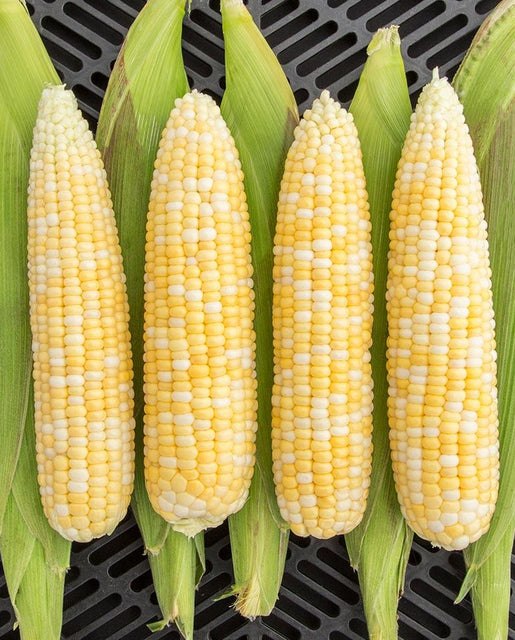
Allure Organic
$12.99 – $4,799.99
Thoughtful corn breeding has resulted in this highly alluring new variety, the first organic synergistic hybrid available to home growers. Allure Organic corn seeds germinate well in cooler soils, producing highly vigorous seedlings.
West Coast Seeds ships anywhere in North America. However, we are not able to ship garlic, potatoes, asparagus crowns, bulbs, onion sets, Mason bee cocoons, or nematodes outside of Canada. We regret, we cannot accept returns or damages for orders outside of Canada. The minimum shipping charge to the US is $9.99.
Description
More details about Allure Organic
CERTIFIED ORGANIC! Thoughtful corn breeding has resulted in this highly alluring new variety, the first organic synergistic hybrid available to home growers. Allure Organic corn seeds germinate well in cooler soils, producing highly vigorous seedlings. The plants reach 2.1m (7′) by mid-season, setting ears at 70cm (27″) from the ground. The bi-colour ears are slender, but very well filled, all the way to the tip at 20cm (8″) long. The kernels are very sweet with rich flavour and appealing texture that pops when bitten. Best of all, the ears have very good holding ability and a decent post-harvest shelf life. High resistance to common rust, intermediate resistance to Stewart’s bacterial wilt. Matures in 75 days. (Hybrid SY seeds)-
- Certified organic
- Good seedling vigor
- Disease resistant
- Very sweet & tender
All About Allure Organic
How to Grow Corn

Step 1: Timing
Direct sow in late spring. If the soil is not warm enough, seeds often rot before sprouting – especially when not treated with fungicide. Untreated corn seeds should be planted only when the soil has warmed up above 18°C (65°F) – warmer for super-sweet (sh2) types, and even warmer for a good stand. Use a soil thermometer. If spring weather is cold, consider planting in flats or individual pots, indoors with bottom heat, for transplanting. Seeds should germinate in 7-10 days. If it rains after planting and corn does not emerge, just re-plant the area.
Step 2: Starting
Do not soak corn seeds prior to planting. Plant 2-5cm (1-2″) deep (shallower for sh2 seed or in cool soil). Sow seeds around 7.5cm (3″) apart, in rows 60-90cm (24-36″) apart. Because corn is wind pollinated, plant in a dense block of at least 4 rows, rather than in single rows. This increases the chance of corn pollen, which emerges from male flowers at the growing tip, to fall down onto the receptive female silks that extend from each corn cob.
Step 3: Growing
Ideal pH: 5.8-6.8. Corn is a heavy feeder, so add manure or compost, and use 500g (1 lb) of complete organic fertilizer per 6m (60′) of row, mixing it thoroughly into the soil beneath each seed furrow. Thin to at least 20-25cm (8-10″) apart in the row. Large eared and double-eared varieties need to be 30cm (24″) apart. Keep free of weeds until knee-high, and then leave it alone.
Step 4: Germination
Days to maturity: From direct sowing. In optimal conditions at least 85% of seeds will germinate. Usual seed life: 2 years. Per 100′ row: 400 seeds, per acre: 87M seeds.
Step 5: Harvest
When the silks at the end of an ear are a dry brown, the cob seems to start to droop, and the kernels release milky juice when cut.
Step 6: Harvesting Popcorn
Leave the ears of popcorn varieties on the plants to dry as long as possible into late summer and early fall. The husks should turn yellow/brown as they dry and the kernels should harden. Once the plants appear to be completely dry, or if wet weather is in the forecast, harvest the ears and bring them indoors. Remove the husks. Store the ears in mesh bags in a warm, dry, airy location. The ideal humidity level for curing popcorn is 13 to 14%. Curing is the process after drying that allows for long term storage of popcorn kernels. Once a week, remove a few kernels and try popping them. Popcorn that is chewy or kernels that have jagged edges after popping both mean that the kernels are not dry enough. Continue curing and test-popping until the desired texture is reached. Then remove the kernels and store them in an air-tight container.
Tips!
Disease: Prevent disease and nutritional exhaustion of the soil by using 4-year crop rotation and composting old stalks. Pests: Wireworms are a pest in home gardens and may burrow into the seeds. Loopers are pale olive-green caterpillars up to 2.5cm (1″) long. They chew into the centre of young corn plants and can kill the plant if the growing tip is damaged. Seed corn maggot is a small, legless maggot that attacks germinating seed. Planting in warm soil or using predatory nematodes may help prevent seed-destroying soil creatures. Companion Planting: Corn is a good companion to beans, beets, cucumber, dill, melons, parsley, peas, potato, soya beans, squash, and sunflower. Avoid planting next to celery or tomatoes. Amaranth makes a great mulch between rows by competing with weeds and conserving ground moisture.Additional information
| Matures | in 75 days |
|---|---|
| Season | Warm season |
| Exposure | Full sun |
| Quantity | 50, 250, 1000, 5000, 25000, 100000 |
You must be logged in to post a review.




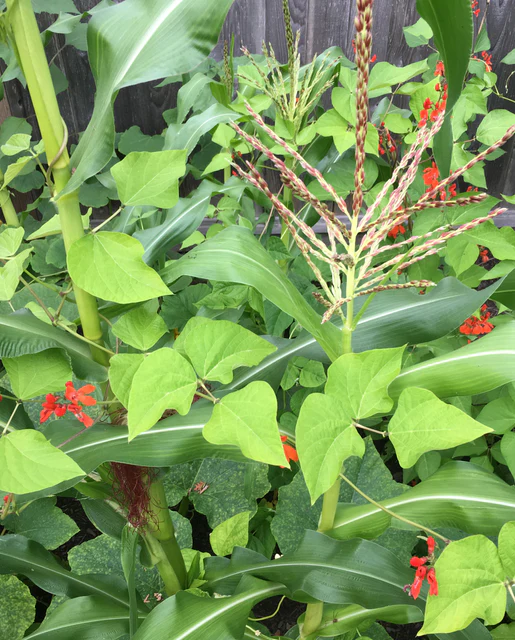
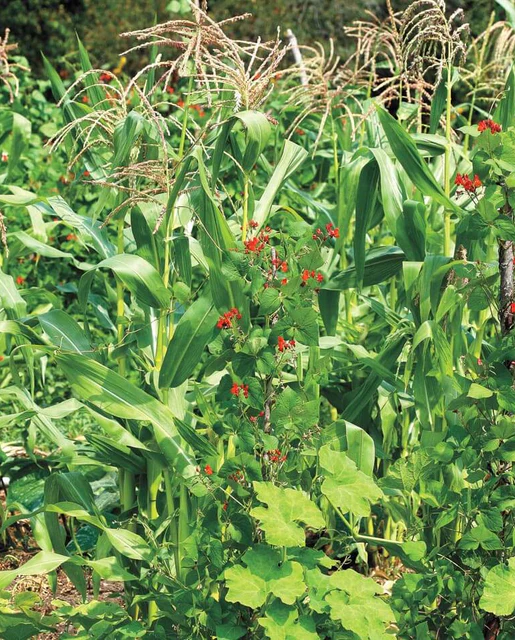
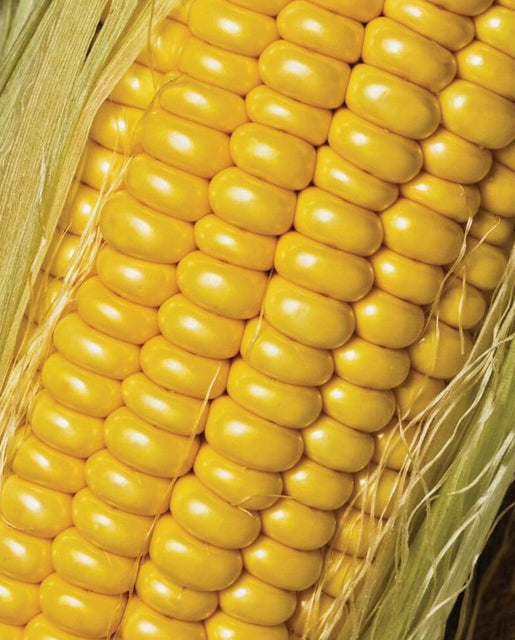
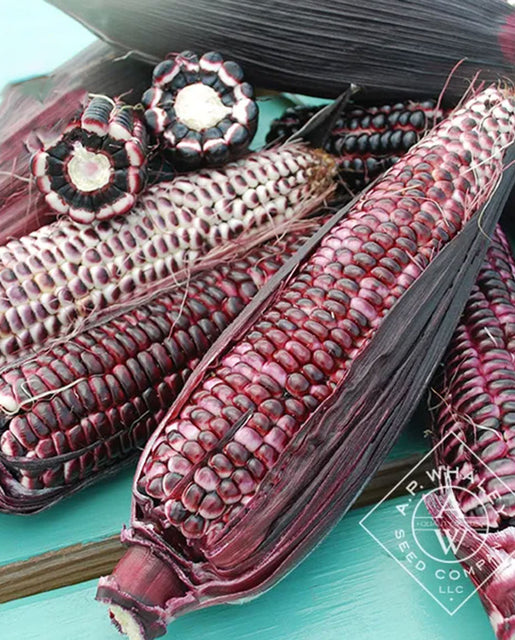
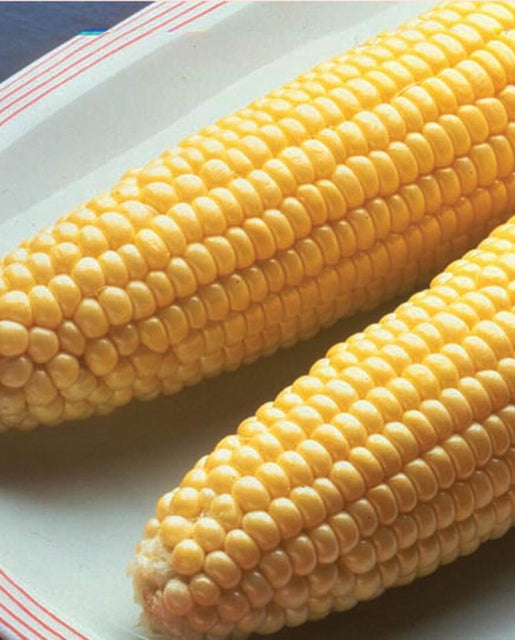




Reviews
There are no reviews yet.